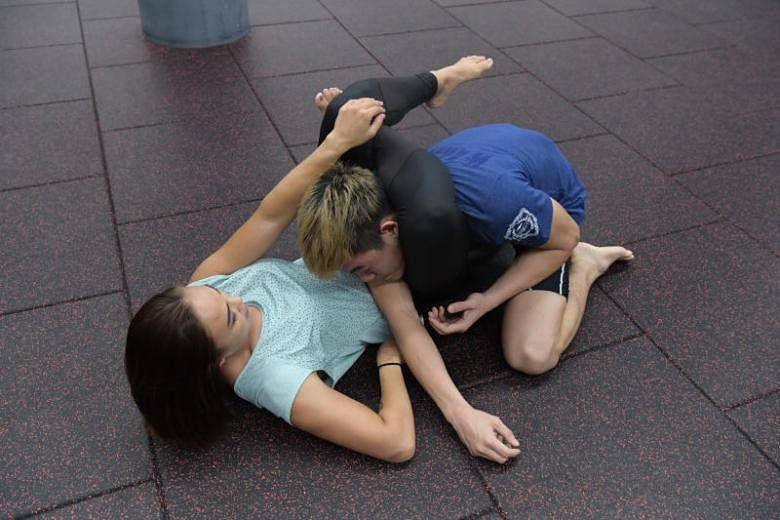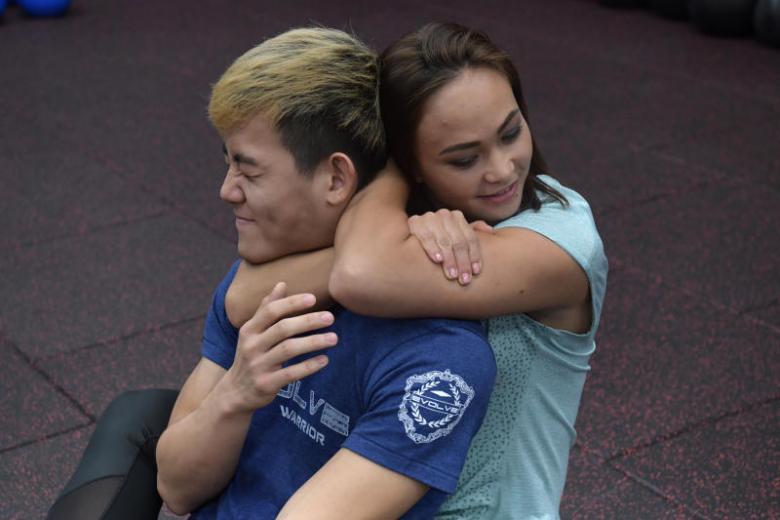SINGAPORE - The Ultimate Fighting Championship (UFC) is back in Singapore on June 17 for its second show.
The world's biggest mixed martial arts (MMA) promotion staged its first Fight Night in 2014 at the Marina Bay Sands.
Before the event at the Singapore Indoor Stadium, here are some of the essential information you should know about the UFC and MMA fighting.
Basic Rules:
All UFC fighters have to undergo mandatory drug testing.
They also have to comply with the fundamental rules of combat sports, including no head-butts or kicking of a downed opponent, no downward, point-of-the-elbow strikes, no groin or throat strikes, no strikes to the spine or the back of the head, and no knees to the head of an opponent on the ground.
Four ways to win:
1) Submission:
By physical or verbal tap out.
2) Knockout (KO):
Fighter is knocked unconscious due to strikes or impact.
3) Technical knockout (TKO):
The referee stops the contest, usually to prevent a further onslaught or injury to an opponent.
4) Decision via scorecards:
An unanimous decision is made when all judges pick the same fighter as the winner.
A majority decision is when when two judges pick the same fighter as the winner, and the third judge scores the fight as a draw.
A split decision is when one judge picks one fighter while the other two judges pick the other fighter.
Five common MMA finishing moves:
1) Rear-naked choke:
The most common submission move applied by MMA fighters. The choke is applied behind an opponent upon capturing his back. It is one of the most advantageous types of chokes, and it is simple to learn yet effective.
2) Guillotine choke:
It is applied in a reverse headlock position where the forearm is used in an upward manner to apply pressure to the fighter's neck.
3) Triangle choke:
This choke can be applied using the legs or the arms from various positions.
4) Arm bar:
It is a lock in which the arm is straightened, hyper-extending the elbow. In MMA, this is most often done by trapping the arm between the legs and extending the hips upward.
5) Kimura:
An arm-lock position in which the arm is bent behind the fighter leading to an arm break or shoulder dislocation if the fighter does not tap out. The move is named after Japanese fighter Masahiko Kimura.
All fighter videos have been provided by the UFC.



